Disclosure: This article contains affiliate links. We may earn a commission from purchases at no extra cost to you, which helps our travel content.
The first time I stepped off the plane at Salgado Filho International Airport in Porto Alegre, I was armed with Olympic-level event planning skills but zero knowledge about navigating this vibrant Brazilian city. Fast forward through three business trips and one cultural festival coordination gig later, I've mastered Porto Alegre's transportation matrix. Whether you're headed to the southern Brazilian metropolis for business meetings in the Centro Histórico or planning to squeeze in some cultural exploration between conference calls, understanding how to get around efficiently will save you both time and reais. As someone who's coordinated events across five continents, I can tell you that Porto Alegre offers a surprisingly accessible transportation network that won't break your budget – you just need to know how to navigate it like a local. Let me be your guide through the streets, buses, and rideshares of this underrated Brazilian gem.
From Airport to City: Your First Brazilian Journey
After collecting your luggage at Salgado Filho International Airport (POA), you'll face your first transportation decision. Having made this journey multiple times while coordinating a business conference in the city's financial district, I've tested every option.
The most budget-friendly route is the T5 Airport Line bus (Linha Aeroporto), which connects directly to downtown for about R$5 (roughly $1 USD). Look for the blue bus with 'AEROPORTO' displayed on the front – it runs every 30 minutes from 5:30 AM to 11:30 PM. The journey takes approximately 30-45 minutes depending on traffic.
For business travelers with tight schedules, rideshare apps like Uber and 99 offer the best balance of convenience and cost. A ride to downtown typically costs R$25-40 ($5-8 USD) and takes 20-25 minutes outside rush hour. After a particularly exhausting flight from Marrakech (where I'd been setting up a cultural festival), I splurged on this option and was grateful for the direct service.
If you're traveling with colleagues or substantial luggage, the airport taxis provide fixed-rate services to different city zones. While more expensive (R$50-70/$10-14 USD to downtown), they offer the convenience of dedicated service and plenty of space for luggage.
Before leaving the airport, I always make sure my phone has a reliable portable charger fully charged and ready. Porto Alegre's transportation apps are lifesavers, and the last thing you need is a dead phone when trying to navigate a new city.
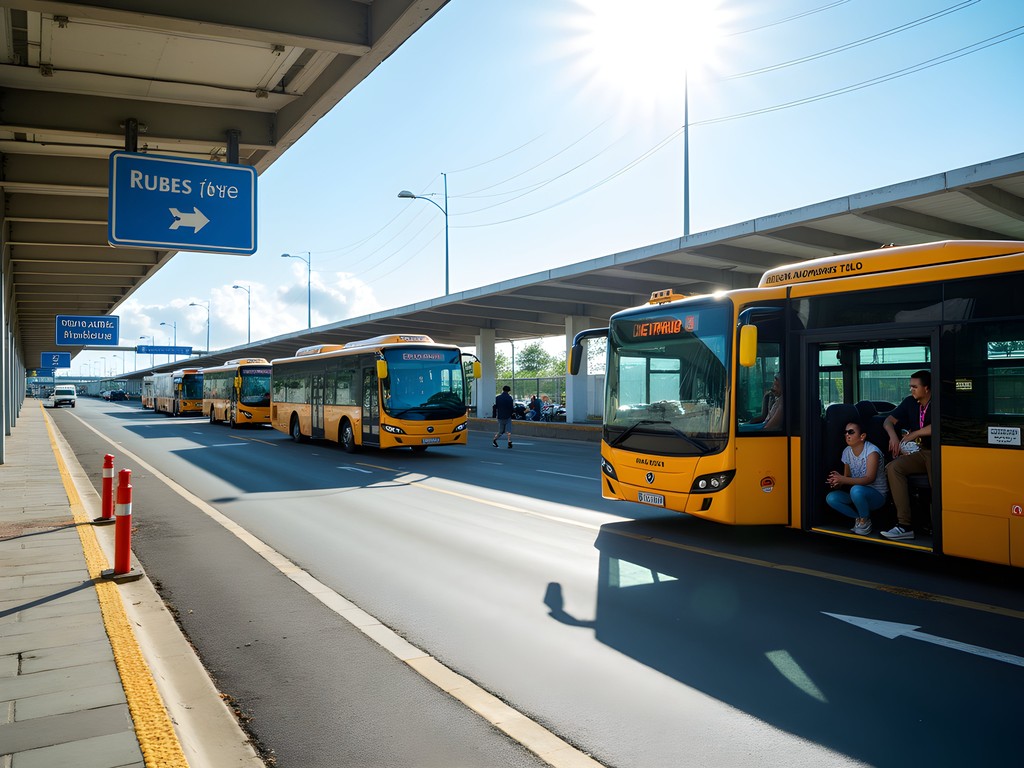
💡 Pro Tips
- Download both Uber and 99 apps before arriving – 99 sometimes offers better rates
- Keep small bills handy for bus fare – drivers don't always have change
- The T5 Airport bus accepts cash only – no cards accepted
Mastering Porto Alegre's Public Bus System
Porto Alegre's extensive bus network initially reminded me of navigating the complex transportation systems during the Rio Olympics – intimidating at first glance but surprisingly efficient once you understand the logic.
The city operates with color-coded bus lines: yellow buses run on circular routes around downtown, blue buses connect downtown with neighborhoods, and red buses travel between neighborhoods without passing through the center. This color system saved me countless times when I was rushing between business meetings across the city.
Your secret weapon for mastering this system is the official PoA Transport app (free on iOS and Android). It provides real-time bus tracking, route planning, and even shows how crowded each bus is – a feature I haven't seen in many other cities. During my week coordinating a tech conference near Moinhos de Vento, this app became my most-used tool.
Buses cost R$4.80 (approximately $1 USD) per journey, and you can pay the driver directly with cash. For frequent travelers staying a week or more, consider purchasing the TRI card from any main bus terminal. This reloadable card offers slight discounts and the convenience of not fumbling for change.
One quirk of Porto Alegre's system: you enter through the front door and exit through the rear or middle doors. This seems obvious, but I embarrassed myself on my first trip by attempting to board through the middle door, much to the amusement of locals!
During business hours, most main routes run every 10-15 minutes, with service becoming less frequent (every 20-30 minutes) in evenings and on weekends. The system generally operates from 5:00 AM until midnight, with limited night buses afterward.

💡 Pro Tips
- Stand at marked bus stops (points with blue signs) and signal the driver to stop
- Keep your TRI card or fare ready before boarding to avoid holding up the line
- Use the PoA Transport app to plan trips and check real-time arrivals
Rideshare and Taxi Options for Business Efficiency
When you're rushing between business meetings or heading to dinner with clients in Porto Alegre, sometimes public transportation won't cut it. This is where rideshare apps and taxis become essential tools in your transportation arsenal.
Uber dominates the rideshare market here, but don't overlook the local alternative, 99 (formerly 99Taxis). I've found that 99 often has more drivers available during peak business hours and sometimes offers competitive rates. During a particularly hectic conference week when I was shuttling between venues, I saved nearly 15% by comparing prices between the two apps before each ride.
For business travelers concerned about documentation, both services provide electronic receipts that simplify expense reporting. After coordinating Olympic events where transportation logistics were a nightmare, I've come to appreciate this simple feature tremendously.
Traditional taxis remain prevalent and are easily hailed on main streets or found at designated taxi stands (look for the blue 'TÁXI' signs). While typically 10-20% more expensive than rideshares, they're reliable and accept credit cards – just confirm before starting your journey. During a sudden downpour while I was heading to a meeting in the Moinhos de Vento business district, the convenience of grabbing a waiting taxi saved both my schedule and my suit!
If you're planning extensive travel around the city for multiple days, consider using a taxi app like Easy Taxi that allows pre-booking – particularly useful for those early morning airport runs.
For business travelers who value preparedness, I recommend carrying a travel umbrella during fall visits. Porto Alegre's weather can change rapidly, and nothing complicates your transportation plans like an unexpected shower while waiting for your ride.

💡 Pro Tips
- Compare prices between Uber and 99 before booking – rates fluctuate throughout the day
- Save your hotel or meeting location in Portuguese to show drivers if needed
- For early morning airport transfers, schedule a taxi the night before rather than relying on real-time availability
Exploring Porto Alegre by Bicycle
One of Porto Alegre's best-kept secrets – and my personal favorite transportation method during fall visits – is its growing bicycle infrastructure. The mild autumn temperatures (typically 15-25°C/59-77°F) create perfect cycling conditions, and the city has invested significantly in bike lanes over recent years.
BikePOA, the city's bike-sharing program, offers an economical way to explore or commute. With over 40 stations strategically positioned near business centers, cultural attractions, and parks, it's surprisingly practical for short trips. Registration requires the dedicated app and costs R$10 ($2 USD) for three days of unlimited 60-minute rides.
During my last visit coordinating a sustainable business conference, I used BikePOA to travel between my hotel near Moinhos de Vento and the convention center. The ride along the dedicated cycle path took just 15 minutes – faster than both bus and car options during morning rush hour!
For longer stays or more flexibility, several shops near Parque Farroupilha offer weekly bicycle rentals at reasonable rates (approximately R$30-50/$6-10 per day). My go-to rental shop, Pedal Porto Alegre, provides quality bike locks with their rentals – essential for urban cycling security.
The city's terrain is relatively flat in central areas, making cycling accessible even for casual riders. However, be prepared for some hills if venturing toward the southern neighborhoods. The scenic 5km path along Guaíba Lake offers not only efficient east-west transportation but stunning sunset views that rival those I've witnessed in Olympic host cities.
While cycling infrastructure continues to improve, remain vigilant in traffic. Brazilian driving can be assertive, though I've found Porto Alegre drivers more accommodating to cyclists than in many other South American cities I've visited.
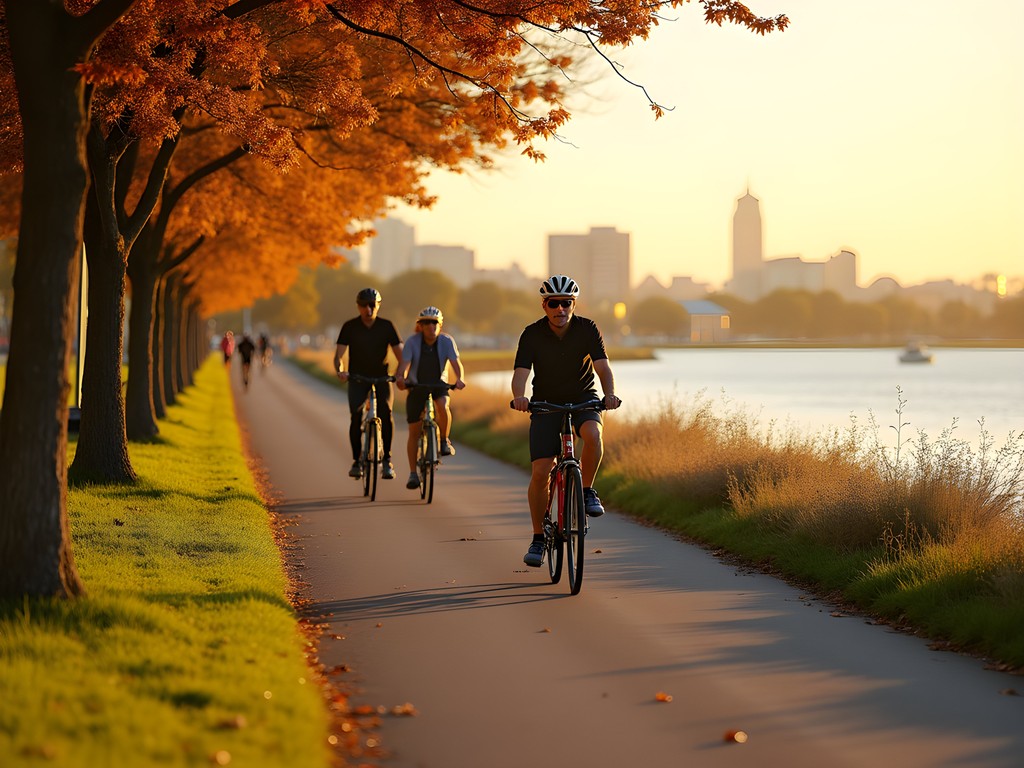
💡 Pro Tips
- Download the BikePOA app before arrival and register your credit card
- Stick to dedicated cycling paths when possible, particularly Avenida Ipiranga and the Guaíba waterfront
- Always lock your bike securely, even for quick stops
Navigating Between Business Districts and Cultural Attractions
Porto Alegre's business activity centers around three main districts: Centro Histórico (downtown), Moinhos de Vento, and the emerging innovation hub in Quarto Distrito. As someone who's coordinated events across all three areas, I've developed efficient routes between them that maximize productivity while minimizing transportation costs.
The T1 and T2 bus lines form the backbone of business district connectivity, running approximately every 10 minutes during business hours. For R$4.80, these lines connect all major commercial centers and can be tracked in real-time via the PoA Transport app. When rushing between client meetings in Moinhos de Vento and a conference venue downtown, these reliable routes saved me countless times.
For visitors mixing business with cultural exploration (something I always advocate), the T3 Cultural Line deserves special attention. This tourist-oriented bus connects major attractions including the Public Market, MARGS (Art Museum), and the stunning Iberê Camargo Foundation. Running hourly from 9 AM to 5 PM Tuesday through Sunday, the R$4.80 fare represents exceptional value for accessing key cultural sites.
Business travelers with tight schedules should consider investing in a portable WiFi hotspot. Porto Alegre's public WiFi can be spotty, and having reliable internet access for navigation and ride-booking between meetings proved invaluable during my coordination work for a tech conference last fall.
For evening transportation between business districts and Porto Alegre's renowned churrascarias (Brazilian steakhouses), rideshare services offer the most practical solution. Most business dinners run late, and the reduced frequency of evening buses can complicate returns to hotels. I've found scheduling an Uber about 10 minutes before you plan to leave works perfectly in most central locations.
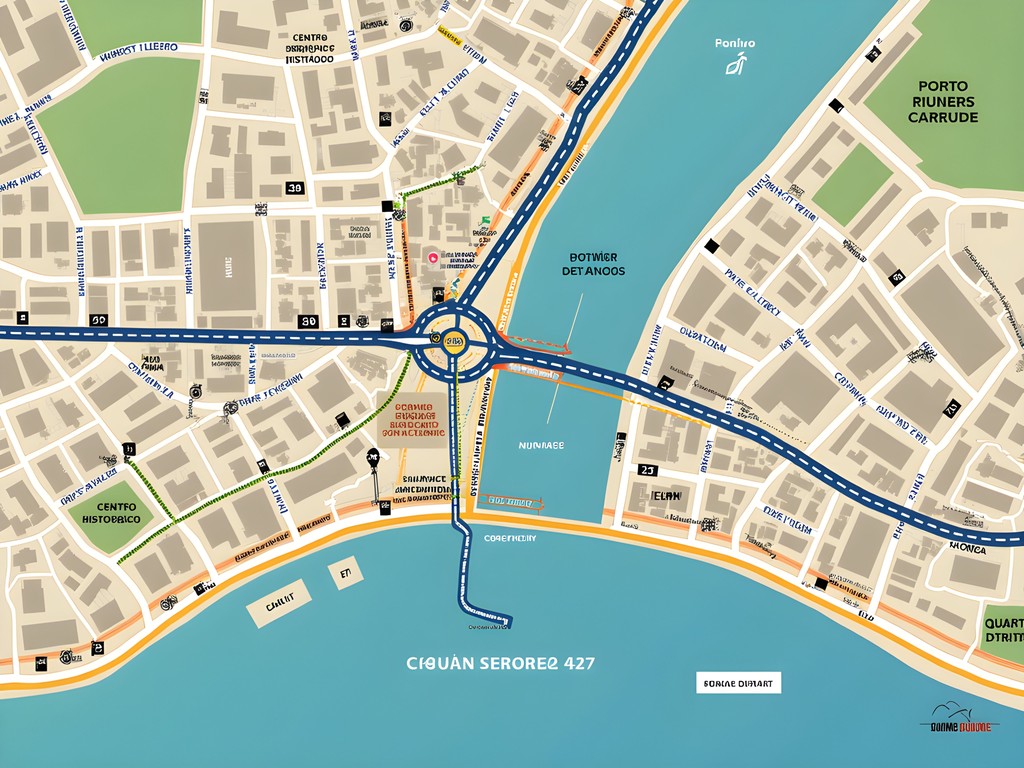
💡 Pro Tips
- The T1 bus connects all major business districts and runs most frequently
- Schedule important meetings with at least 30 minutes buffer for transportation delays
- For business dinners in Cidade Baixa or Moinhos de Vento, arrange return transportation in advance as evening demand is high
Money-Saving Transportation Hacks for Budget Business Travelers
As someone who's coordinated Olympic events on tight budgets, I've developed a keen eye for transportation savings. In Porto Alegre, several strategies can significantly reduce your transportation costs without sacrificing efficiency.
First, consider your accommodation location carefully. During my most recent visit, I chose a hotel in Cidade Baixa rather than the pricier Moinhos de Vento district. This strategic location allowed me to walk to many meetings and cultural sites, eliminating transportation costs entirely for several days. The neighborhood's central position saved me approximately R$200 ($40 USD) in transportation over a week-long stay.
The TRI Card (available at major bus terminals for R$3.80/$0.75 USD) offers integration benefits that many visitors overlook. When used properly, it allows you to take two different buses within a two-hour window for the price of 1.4 fares instead of 2 full fares – a 30% savings that adds up quickly. During my week coordinating events across multiple venues, this integration feature saved approximately R$60 ($12 USD).
For business travelers staying through a weekend, consider the Domingo Tri (Sunday TRI) program, which allows unlimited bus travel on Sundays for just R$5 ($1 USD). I've used this to explore the city's parks and museums between business commitments without incurring additional transportation costs.
Rideshare costs can be minimized through strategic scheduling. I've noticed that both Uber and 99 implement dynamic pricing during rush hours (7:30-9:30 AM and 5:30-7:30 PM). By scheduling meetings to avoid these peaks, I typically save 15-25% on ride costs.
Finally, invest in quality walking shoes like the comfortable walking shoes I never travel without. Porto Alegre's central business and cultural districts are more walkable than they initially appear, and autumn temperatures make walking pleasant. During my last conference coordination, I averaged 12,000 steps daily between venues, saving both money and experiencing the city more intimately.

💡 Pro Tips
- Purchase the TRI Card immediately upon arrival to maximize transportation savings throughout your stay
- Book accommodations in Cidade Baixa or Centro for maximum walking access to business and cultural sites
- Schedule non-urgent rideshare trips outside peak hours (7:30-9:30 AM and 5:30-7:30 PM) to avoid surge pricing
Final Thoughts
After coordinating events across five continents, I can confidently say that mastering Porto Alegre's transportation system ranks among the more straightforward challenges for business travelers. The city offers a surprisingly robust network that balances efficiency with affordability – perfect for the budget-conscious professional. Whether you're rushing between meetings in Moinhos de Vento or squeezing in cultural exploration at the Iberê Camargo Foundation, these transportation strategies will help you navigate Porto Alegre like a seasoned event coordinator rather than a flustered first-timer. Remember that fall visits offer the perfect balance of pleasant weather for walking or cycling between destinations, reasonable transportation costs, and fewer tourists competing for services. I'd love to hear about your own Porto Alegre transportation experiences – drop a comment below or connect with me on social media to share your journey through this underappreciated Brazilian business hub!
✨ Key Takeaways
- Download transportation apps before arrival (PoA Transport, Uber, 99)
- Consider location when booking accommodations to minimize transportation needs
- The TRI Card offers significant savings for frequent bus users
- Fall weather makes walking and cycling viable options for business travelers
📋 Practical Information
Best Time to Visit
March-May (fall) or September-November (spring)
Budget Estimate
$30-50 USD/week for transportation
Recommended Duration
5-7 days
Difficulty Level
Easy

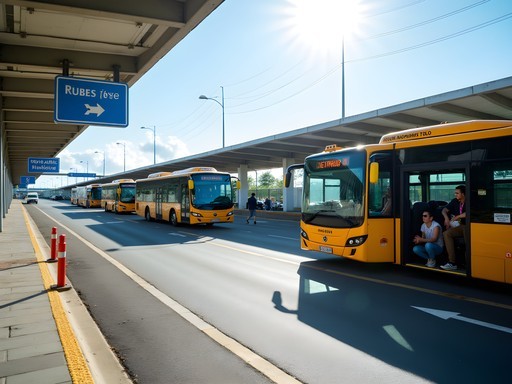
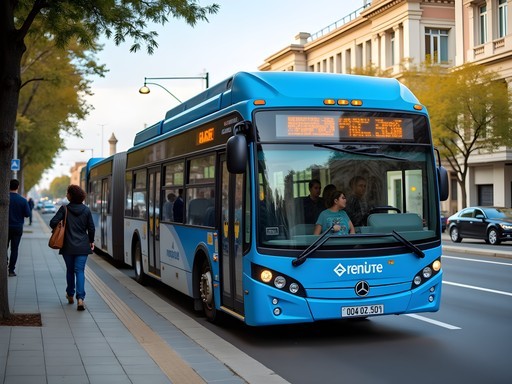

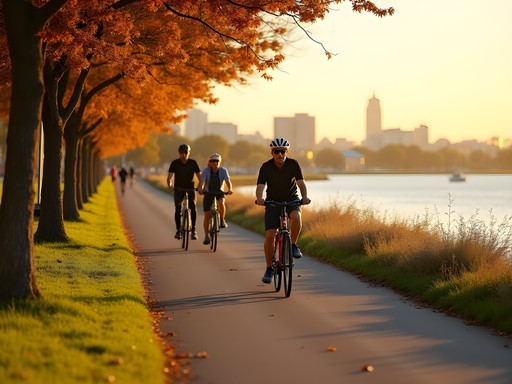
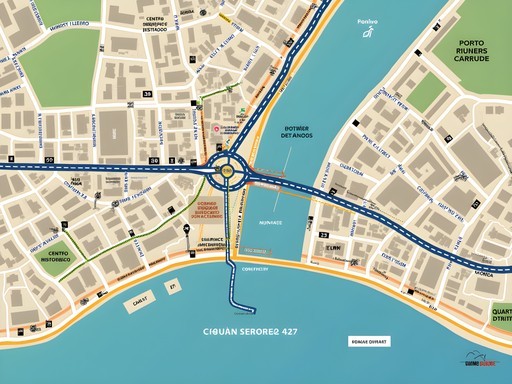
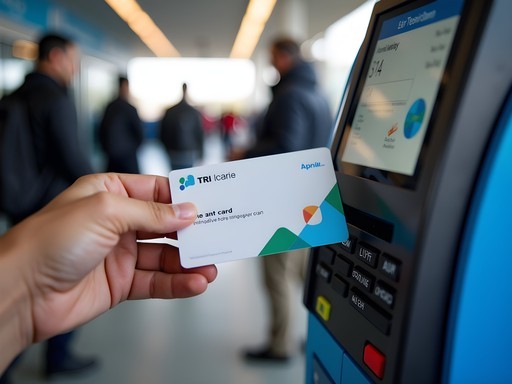


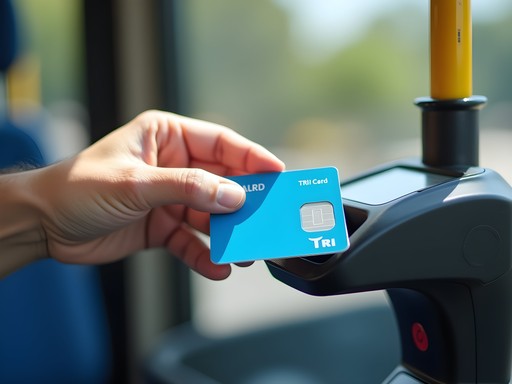






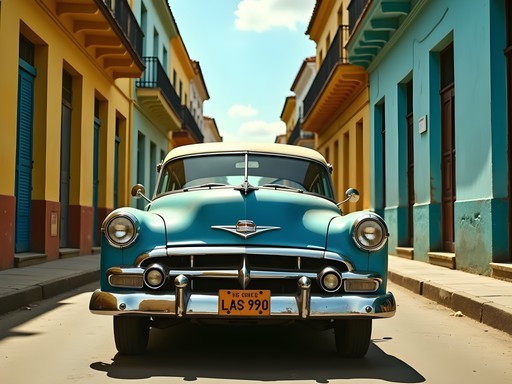
Comments
dreamperson
We did the public transportation in Porto Alegre last month and it worked pretty well once we figured it out. The airport bus to downtown was super convenient. One question though - did anyone else have trouble with bus drivers not speaking English? We managed with Google Translate but just curious if that was just our experience.
globelover
Same experience here! Very few of the bus drivers spoke English. I ended up writing down my destinations on paper to show them, which worked well enough.
Ahmed Murray
That's a great point about the language barrier. In my experience, having key phrases written down or saved in your phone is really helpful. Most Porto Alegre residents are incredibly kind and will try to help even with the language differences!
Haley Hamilton
Ahmed, this guide brought back so many memories! I backpacked through southern Brazil last year and spent a week in Porto Alegre. The bicycle section of your guide is spot on - those bike lanes along Guaíba Lake are GORGEOUS, especially at sunset. One tip for other travelers: I found the Porto Alegre City Map super helpful because cell service can be spotty and having a physical map saved me when my phone died. Also, for anyone staying longer, consider getting the Cartão TRI card for buses rather than paying cash each time - much more convenient and slightly cheaper!
vacationvibes
Heading to Porto Alegre in October for business. Is it safe to use public transportation at night or should I stick to rideshares? Any neighborhoods to avoid?
Haley Hamilton
When I was there last year, I generally used Uber after dark. The buses run late but can be pretty empty depending on your route. If you're in the business district or near Moinhos de Vento, rideshares are plentiful and affordable. Just use the same common sense you would in any big city!
vacationvibes
Thanks Haley! That's really helpful. I'll be staying near Moinhos de Vento so that's perfect.
globelover
This guide is exactly what I needed! Just got back from Porto Alegre last month and wish I'd had this beforehand. The bus system was definitely confusing at first, but once I got the hang of it, it was actually pretty reliable. One thing I'd add - the Tri app saved me multiple times when I got lost. And for anyone worried about safety, I found the rideshare options really reliable at night when I didn't want to mess with buses.
Ahmed Murray
Thanks for the Tri app recommendation! You're right, it's super helpful for navigating the bus routes. I'll add that to the guide when I update it.
globelover
Happy to help! The app even works offline which was a lifesaver with my spotty data connection.
marianaB
As a Brazilian, I'd add that Porto Alegre's bus system is actually one of the better ones in our country. One tip though - avoid rush hours (7-9am and 5-7pm) if possible, especially on the main routes!
Ahmed Murray
Thanks for the local insight, Mariana! Completely agree about the rush hours - I should have emphasized that more in the post.
Timothy Jenkins
Ahmed, excellent guide! I'd add that the bike rental system (BikePOA) mentioned in your 'Exploring Porto Alegre by Bicycle' section has expanded significantly since last year. There are now stations near most major attractions and the riverside path along Guaíba is absolutely stunning at sunset. For visitors staying more than a few days, the weekly bike pass is great value. One tip for anyone heading there: the Porto Alegre na Palma da Mão app was invaluable for checking real-time bus arrivals and planning routes. It's much more reliable than Google Maps for local transport.
citymate
Thanks for the app recommendation! Do you know if the bike stations take international credit cards? We had issues with that in some places in Brazil.
Timothy Jenkins
They do accept international cards, but you'll need to register through the app first. Sometimes the system can be finicky with foreign cards at the kiosks, so doing it through the app is more reliable.
wanderingsoul_33
That shot of the sunset from Guaíba Lake is gorgeous! Did you take that while cycling?
wanderlustbuddy
Going to Porto Alegre next month! How safe is it to use the public buses at night? The blog mentions daytime travel but I'm wondering about evenings too.
Timothy Jenkins
I was there earlier this year and found that rideshare is definitely the better option after dark. The buses run late but I'd recommend Uber or 99 (local rideshare app) for evening travel, especially if you're not familiar with the routes. Keep your portable translator handy as many drivers don't speak English!
wanderlustbuddy
Thanks Timothy! That's really helpful. I'll download the 99 app before I go. Did you find the rideshare prices reasonable?
Timothy Jenkins
Very reasonable! Much cheaper than what you'd pay in Europe or the US. A 15-minute ride across town was typically under R$20 (about $4 USD).
citymate
Just got back from Porto Alegre last month and this guide would have been SO helpful! The bus system was definitely confusing at first but we figured it out after a day. One thing I'd add - the Cartão TRI (bus card) was super convenient once we got it. We stayed near Moinhos de Vento and found getting around pretty straightforward after the initial learning curve. Did anyone else notice how the bus drivers seemed to be practicing for NASCAR though? 😂
wanderlustbuddy
Haha yes! Those bus drivers are something else! I thought I was the only one who noticed!
citymate
Right?! I was hanging on for dear life the first couple of rides 😅
brazil_traveler92
Going to Porto Alegre next month for business. Is Uber reliable there or should I stick with regular taxis?
Jean Wells
I found Uber extremely reliable in Porto Alegre, especially for business travel. The wait times were minimal in the central areas and most drivers spoke enough English to manage basic communication.
Ahmed Murray
Definitely go with Uber or 99 (local rideshare app). Both are plentiful, safe and typically cheaper than taxis. For business travel, they're perfect since you can expense them easily with digital receipts.
Venture X
Premium card with 2X miles, $300 travel credit, Priority Pass